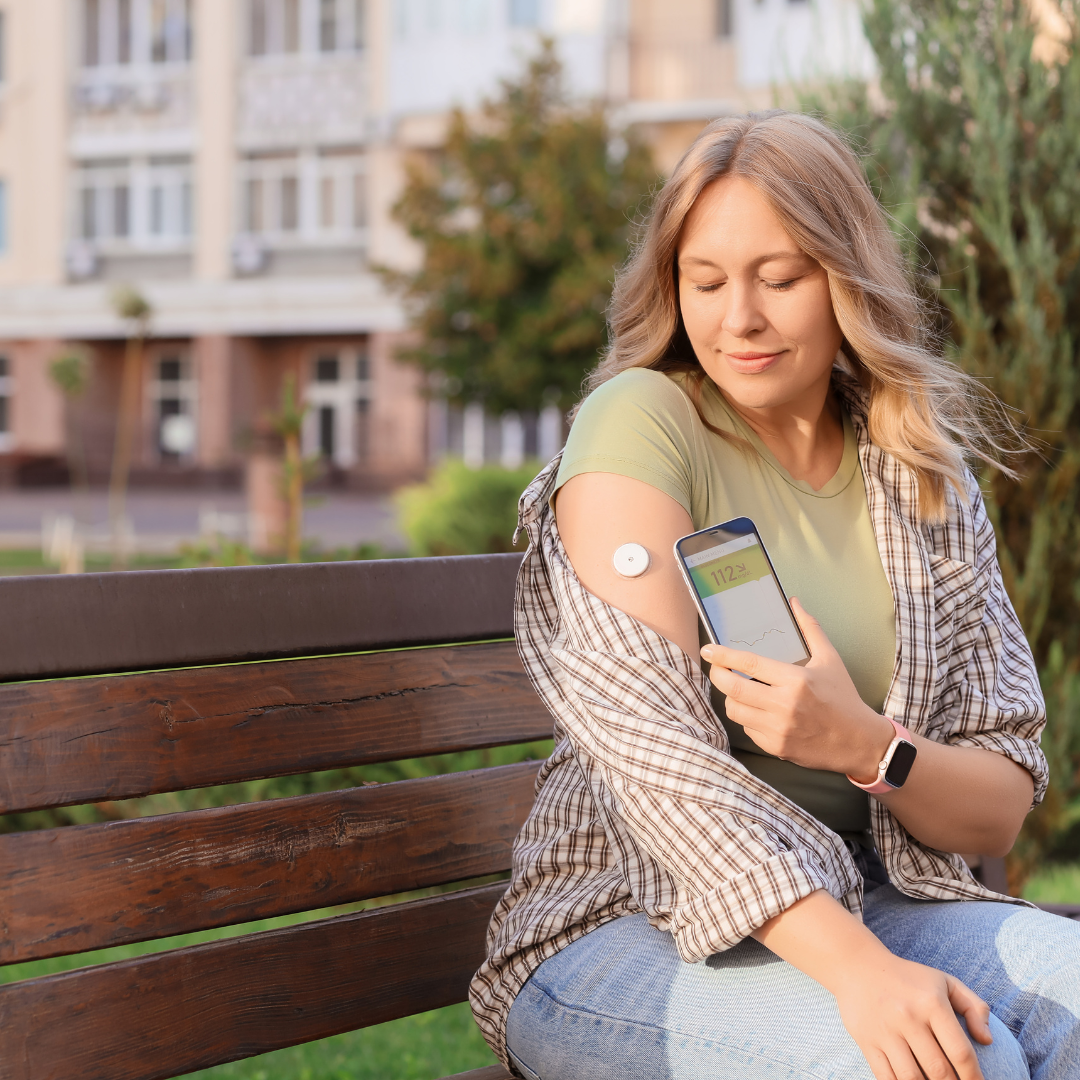Diabetes Education: Infusion Set Compatibility & Site Rotation Management

Managing diabetes involves many tasks, and one important part is using an insulin infusion set. Whether you’re new to insulin infusion sets or have been using them for a while, understanding infusion set compatibility and site rotation can make a big difference in your health.
Let’s dive in!
What is an Infusion Set?
An infusion set delivers insulin from your pump to your body. It consists of a thin tube (cannula) that goes under your skin and a longer tube that connects the insulin pump (via connector) to your infusion set (tubed pumps only). Different sets have different features, so finding one that fits your lifestyle is key.
Infusion Set Compatibility
Check Your Pump: Not all infusion sets work with every insulin pump. Make sure the set you choose is compatible with your pump model. Your healthcare provider or pump manufacturer can help with this.
1. Check Your Pump: Not all infusion sets work with every insulin pump. Make sure the set you choose is compatible with your pump model. Your healthcare provider or pump manufacturer can help with this.
2. Needle or Cannula Type: Infusion sets come with different types of needles or cannulas (metal or plastic). Some people prefer a soft cannula for comfort, while others might find a metal cannula easier to use or may better meet your bolus insulin delivery needs. Talk with your healthcare provider to see which one makes the most sense for you.
3. Length of Tubing: Infusion sets come with different tubing lengths. Choose a length that suits your daily activities. Shorter tubes are great for active days, while longer tubes might be better if you need more flexibility.
Site Rotation
Rotating your infusion site is very important to avoid skin problems and ensure your insulin is absorbed properly. Here’s how to manage it:
1. Choose the Right Sites: The most common areas are the abdomen, thighs, buttocks, and upper arms. Rotate between these areas to give each site a break.
2. Use a Rotation Schedule: Plan your site changes. For example, if you use your abdomen, divide it into four quadrants and rotate clockwise each time you change the site. This way, each spot gets time to heal before being used again.
3. Keep Track: Use a logbook or an app to track your sites. This helps you remember where you last placed your infusion set and avoid using the same spot too soon.
4. Inspect Your Sites: Before inserting a new infusion set, check your skin for any signs of infection, irritation, stretch marks, or scar tissue. If you notice any issues, choose a different site and talk to your healthcare provider.
5. Cleanliness is Key: Always wash your hands and clean the insertion site with an alcohol wipe before placing a new infusion set. This reduces the risk of infection.
Tips for a Smooth Experience
1. Stay Hydrated: Drink plenty of water to help keep your skin healthy and make insertion easier.
2. Keep Supplies Handy: Always have spare infusion sets, insulin, and other supplies with you, especially when traveling.
3. Ask for Help: If you’re unsure about anything, don’t hesitate to ask your healthcare team for advice.
Keep in Mind…
By understanding infusion set compatibility and practicing good site rotation, you can manage your diabetes more effectively and keep your skin healthy. Happy rotating!
Author: Mary Houle, RN, MSN, BC-ADM, CDCES | CCS Health
This site is for educational purposes only. Talk to your doctor or healthcare provider before making any decisions about your health.



